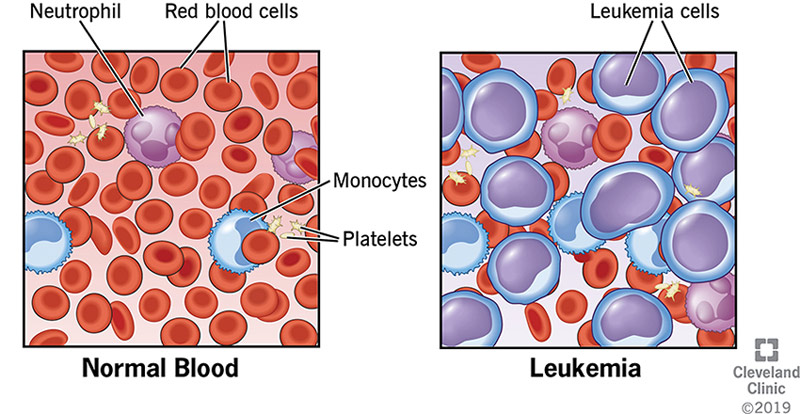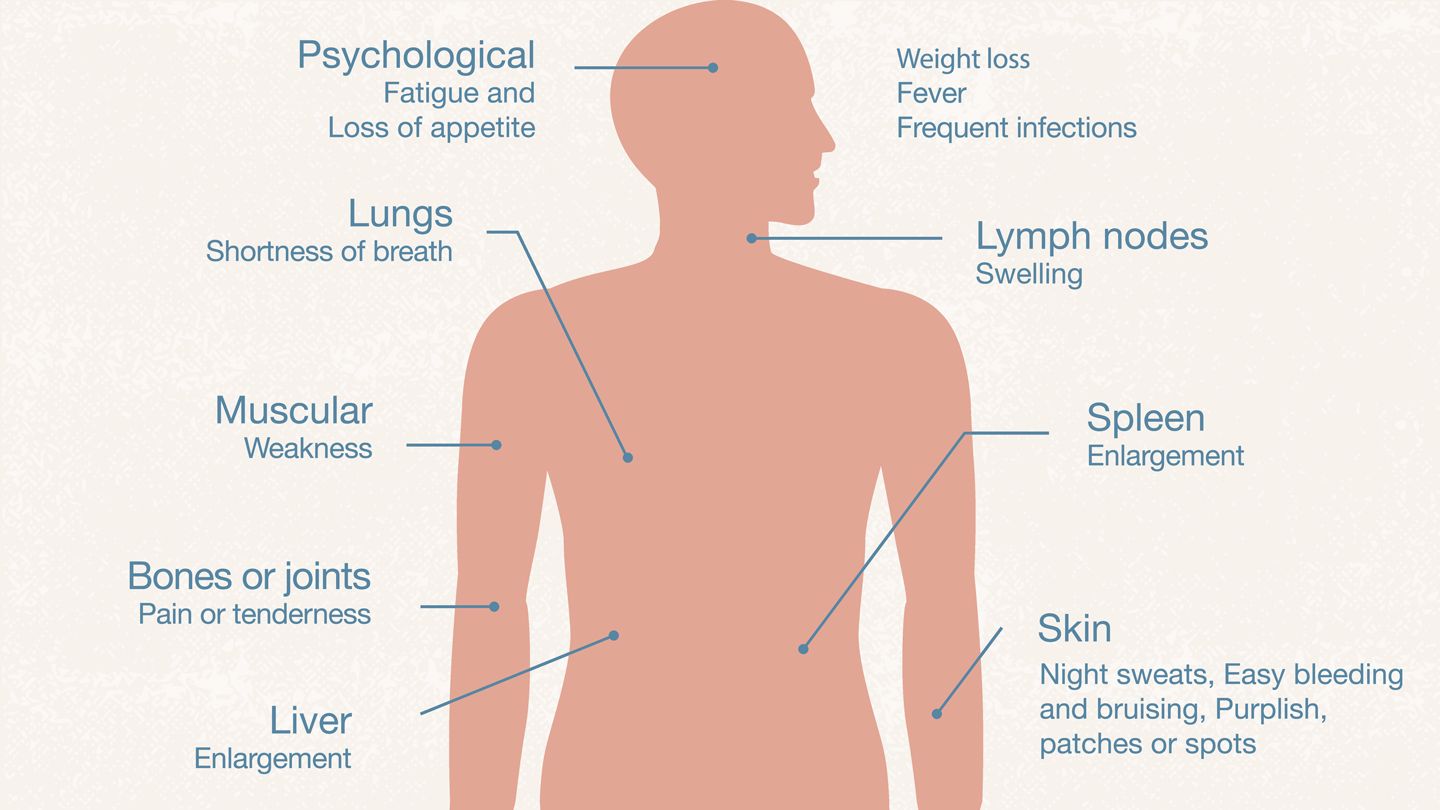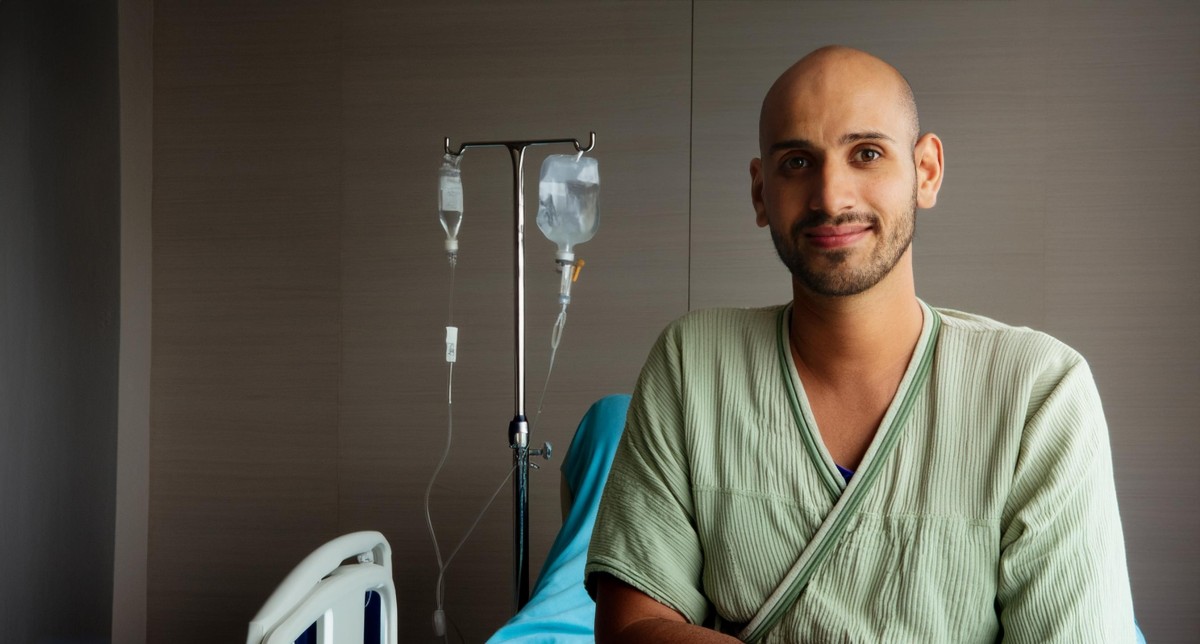Cancer cases are widely increasing across the world and out of that blood cancer is mostly seen and more prevalent and chronic in most people. There are different types of blood cancer such as leukemia lymphoma and myeloma. Among these types of blood cancers, leukemia is seen in increased numbers.
So what is leukemia?
 Leukemia is a type of blood cancer that affects blood in the bone marrow. Leukemia starts in the place where blood cells are produced which is the bone marrow. One of the cells in DNA mutates and can not function normally. These abnormal cells in the bone marrow develop enormously restricting the function of healthy blood cells. These abnormal cells are called leukemic cells. We got to know what is leukemia now without any further delay,
Leukemia is a type of blood cancer that affects blood in the bone marrow. Leukemia starts in the place where blood cells are produced which is the bone marrow. One of the cells in DNA mutates and can not function normally. These abnormal cells in the bone marrow develop enormously restricting the function of healthy blood cells. These abnormal cells are called leukemic cells. We got to know what is leukemia now without any further delay,
Let's understand the types of blood cancer:
1) Acute myeloid leukemia:
In the case of acute myeloid leukemia, the white blood cells called myeloblasts are grown in large numbers disturbing the function of healthy blood cells mostly attack adults but may also be seen in a few children.
2) Acute lymphoblastic leukemia:
The acute lymphoblastic leukemia is seen in kids mostly but in a few circumstances, it can also be seen in adults. The immature lymphoblasts grow rapidly by decreasing the number of healthy blood cells.
3)Chronic myeloid leukemia:
In the case of chronic myeloid leukemia, the abnormal myeloid cells that are present in the blood grow rapidly replacing healthy blood cells, it needs a proper treatment procedure because the name itself is chronic.
4) Chronic lymphocytic leukemia:
The lymphocytes(a type of white blood cells) present in the bone marrow and the lymphocytes multiply rapidly leading to a condition called chronic lymphocytic leukemia. This is mostly seen in adults.
Did you know how leukemia is caused and who is at risk of leukemia now without any further delay:
Let's understand what causes leukemia:
A few people may acquire leukemia by genetically i.e., by any of your blood relations having leukemia then you also have the risk of developing leukemia. Exposure to high radiation and exposure to chemicals such as benzene, and formaldehyde can also increase the risk of leukemia. Last but not least a few viruses such as T cell leukemia viruses ( HTLV- 1 ) and Epstein-Barr virus ( EBV ) can also increase the chance of having leukemia.
Now here are the symptoms of leukemia:
 Fatigue and weakness.
Fatigue and weakness.
Easily prone to infections.
Fever and night sweats.
Easy bleeding.
Swollen lymph nodes.
Painful bones.
Enlarged spleen or liver.
How leukemia is diagnosed?
Blood Tests, Biopsy, and Scans:
Complete blood count test peripheral blood smear of cheek total no of cells and appearance of blood cells. After the blood tests doctor diagnoses leukemia by the total count of red and white blood cells and platelets, people with leukemia usually will have more white blood cells due to rapid growth and reduced numbers of red blood cells and platelets. A biopsy is taking a sample from bone marrow to analyze any abnormality present in the cells and then scanning procedures such as CT scan X-ray and MRI scan to detect the type of leukemia and its severity.
How leukemia is treated?
The treatment procedure for leukemia varies from person to person according to the severity of the cancer, the patient's medical condition the type of leukemia:
1) Chemotherapy:Chemotherapy uses high-dosage drugs to restrict the growth of cancer-causing cells. |
 |
2) Radiation therapy:In radiation therapy energy rays are used to destroy cancer cells. |
|
3)Stem cell Transplantation:The process of stem cell transplantation involves the replacement of unhealthy cancerous bone marrow with healthy stem cell-containing bone marrow. Usually stem cell transplantation is done after chemotherapy because the cancerous cells are killed in the chemotherapy and these healthy cancerous cells can be replaced. Stem cell transplantation is recommended for people with higher risk. |
|
4)CAR- T therapy:It is also called chimeric antigen receptor (CAR)-T that helps the immune system to fight against the cancer-causing cells. This technique uses T cells a type of white blood cells. First, the patient's T cells from the blood are collected by a process called leukapheresis and they are genetically engineered through an antigen called chimeric antigen receptor that targets the cancer cells, they are expanded in the laboratory to a larger number of CAR-T cells and then infused to the patient's blood to fight against the cancer cells. |
Additional Tips:
Here are a few best tips that can help you manage leukemia. Leukemia is a chronic health issue that can be managed by a combination of different practices such as following a healthy lifestyle, appropriate treatment procedures, and an early diagnosis. Find out a few additional tips to manage leukemia:
1)Regular doctor check-ups that inform you about the medications and the chemotherapy sessions or any other treatment procedure you are going through. It allows doctors to understand your medical condition and provide you with the required treatment procedure.
2)Following a healthy balanced diet with a wholesome set of nutrients as suggested by your dietitian and staying hydrated can also help you in a speedy recovery.
3)Manage the side effects (of treatment) such as nausea, fatigue, and infections with doctor-prescribed medications.
4)The risk factors of leukemia include:
Past cancer treatment:
If you are someone who already has a history of cancer treatment then you have a higher risk of developing leukemia.
Smoking:
People who smoke will have a higher risk of developing leukemia.
Chemical Exposure:
Exposure to certain chemicals such as benzene and formaldehyde is known to increase the risk of developing cancer.
Genetic Problems:
A few genetic problems such as neurofibromatosis, down syndrome, and Schwachman diamond syndrome are also known to increase the risk of leukemia.
By having proper knowledge of causes, symptoms, types, and the treatment procedure for leukemia you can take necessary proactive steps that are necessary to manage the condition.
